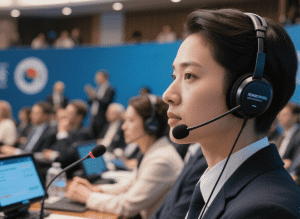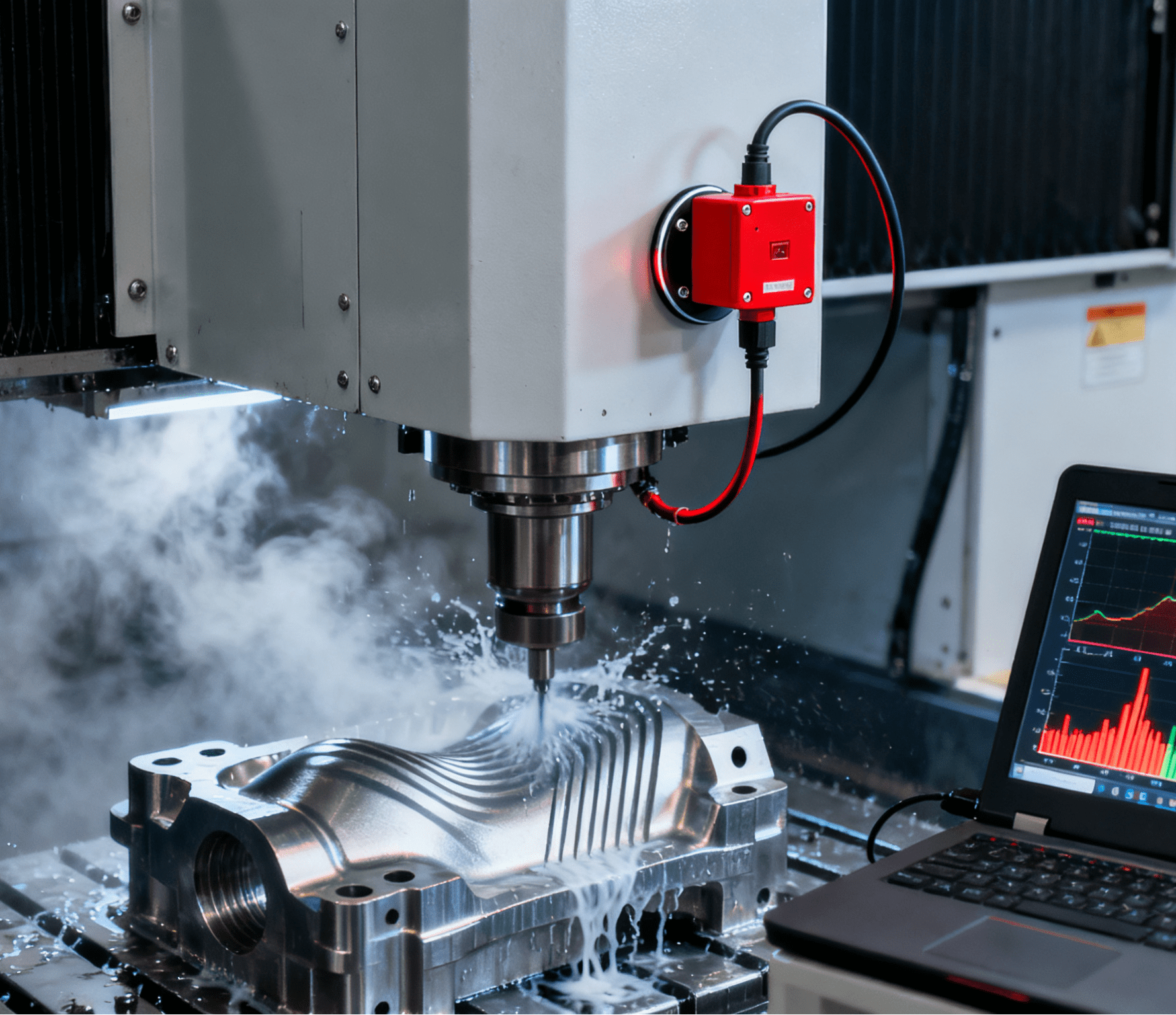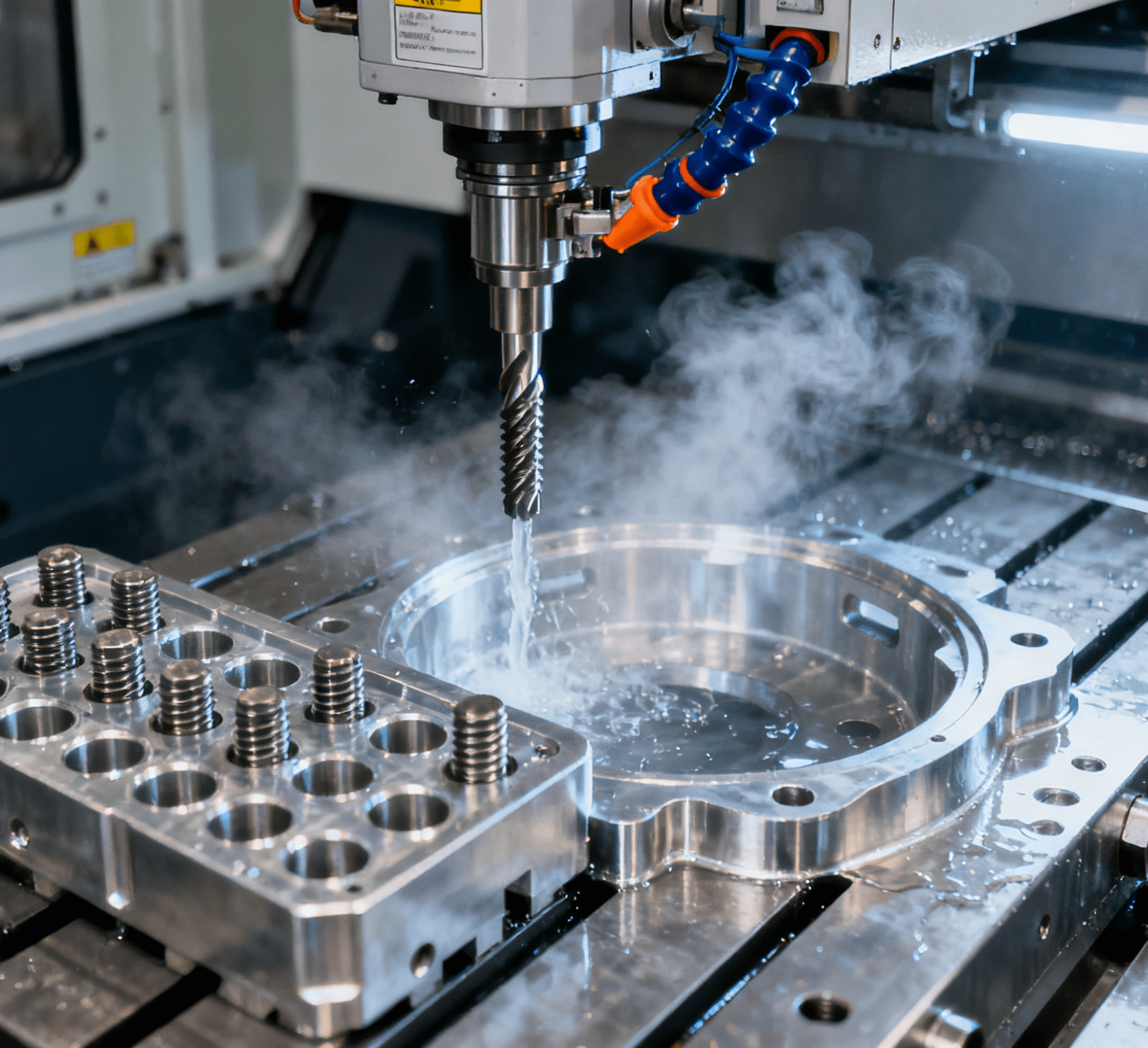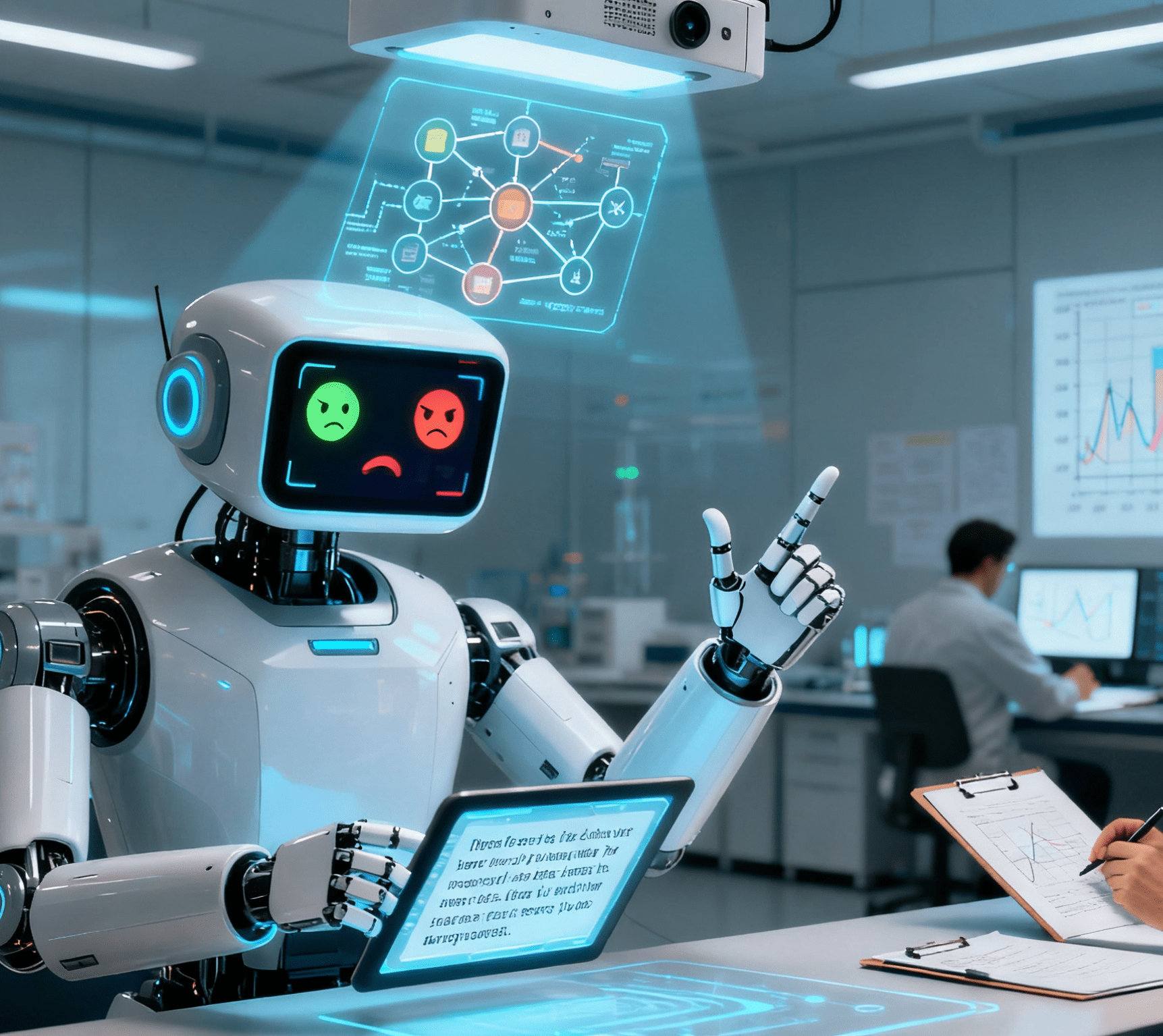Table of Contents
ToggleThe Evolving Role of the Translator in the Age of Intelligent Automation: A Journey of Elevation, Not Replacement

Just weeks ago, I joined the virtual International Conference on Language and Translation Technologies from Canada—an experience enabled by the very intelligent automation now reshaping our profession. As scholars and translators debated AI’s impact, a truth emerged: translators are not vanishing. Their role is evolving, ascending to creative heights where industrial automation and automation equipment can’t compete. This isn’t replacement; it’s a paradigm shift toward strategic, human-led language mastery.
AI as a Catalyst, Not a Substitute
For decades, translation thrived as a deeply human craft—navigating cultural nuances in legal contracts or literary works. Today, AI tools like Neural Machine Translation (NMT) and Mixture of Experts (MoE) process text at unprecedented speeds, mimicking automation equipment in efficiency. Yet this raises a critical question: In an era where intelligent automation handles routine tasks, does the human translator still matter?
The answer lies in AI’s limitations. Machines struggle with tone, cultural resonance, and the “feel” of language (Toral & Way, 2018). A chatbot might convert “break a leg” literally, missing its idiomatic encouragement. Such gaps aren’t technical errors—they reveal what industrial automation can’t replicate: human intuition, emotional intelligence, and lived experience.
The Translator as a Strategic Orchestrator
AI excels at providing frameworks—think of it as the automation equipment of language, churning out drafts. This frees translators from grunt work, letting them shine as:
- Cultural mediators: Refining AI outputs to avoid faux pas (e.g., adjusting a marketing slogan that offends a target audience).
- Linguistic architects: Sculpting prose for nuance, where AI produces generic text.
- Quality supervisors: Ensuring legal translations adhere to precise terminology, like a technician calibrating automation equipment.
As Bowker & Ciro (2019) note, this isn’t a demotion. It’s a promotion to “language strategist”—a role that demands AI literacy alongside traditional skills.
The New Translator’s Toolkit
Bilingualism is no longer enough. Today’s translators must:
- Master AI tools like CAT software, akin to operating intelligent automation
- Hone post-editing skills to elevate AI drafts, much like a mechanic fine-tuning a machine.
- Deepen cultural expertise to bridge gaps AI can’t see.
Kenny (2022) stresses integrating AI training into translation education—not to replace core skills, but to augment them. Just as drivers learned new skills when cars replaced horses, translators now wield technology as a force multiplier.
Conclusion: Riding the Wave of Intelligent Automation
The rise of AI in translation mirrors past technological leaps. When computers emerged, they didn’t eliminate jobs—they created roles for humans who could collaborate with machines. Similarly, intelligent automation in language is not a threat but a partner. Translators who embrace this—who learn to guide AI like a driver steers a car—will define the future of the craft
This isn’t a time for fear. It’s a call to evolve. The translator’s role, once rooted in word-for-word conversion, now demands strategic thinking, cultural agility, and technical fluency. Like industrial automation transforming factories, AI is transforming translation—not by replacing humans, but by empowering them to do work machines never could. The journey ahead isn’t about survival; it’s about rising to new heights of linguistic excellence, where human insight and automation equipment work in harmony.




















